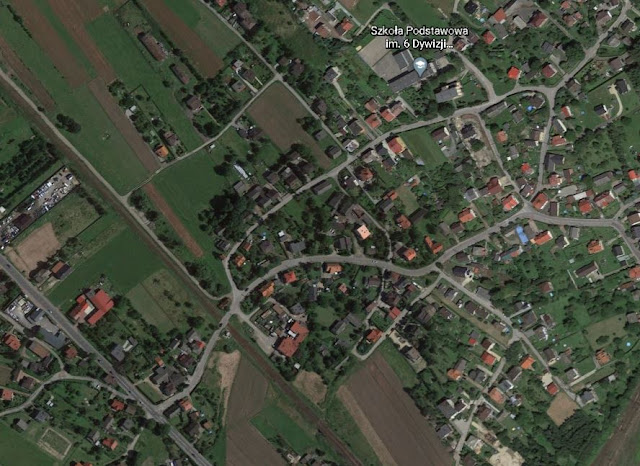Jawiszowice
The subcamp of Jawischowitz was located in the Polish village of Jawiszowice. Prisoners held there worked in the Brzeszcze coal mine, owned by Reichswerke Hermann Göring. The camp itself was established in August 1942 and was one of the largest Auschwitz subcamps. It held 2,500 prisoners in 1944, most of them Jews from Poland, France, Germany, the Netherlands, Italy, and Hungary, alongside non-Jewish Poles, Russians, and Germans. There were 70 SS guards in 1944. The subcamp was commanded initially by SS-Unterscharführer Wilhelm Kowol, subsequently SS-Hauptscharführer Josef Remmele . It was surrounded by electrified barbed wire and consisted of at least ten wooden barracks, of which seven held prisoners. Other barracks contained a kitchen, hospital, storage space, workshops, washrooms and toilets. Every few weeks, SS doctors held a selection, during which those considered unfit for work were removed and sent to the gas chambers in Auschwitz. From 1942 to 1944, at least 1,800...




